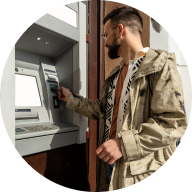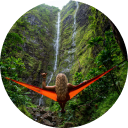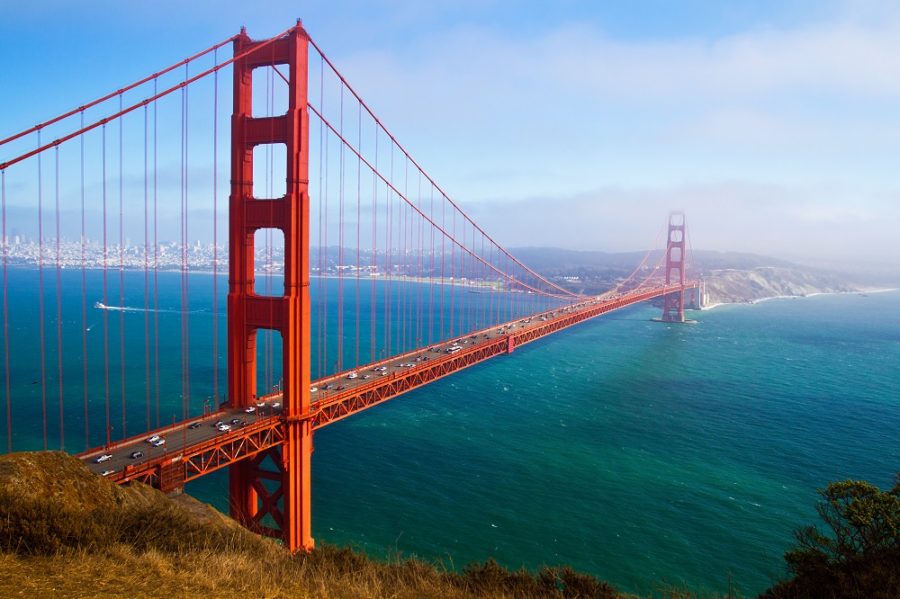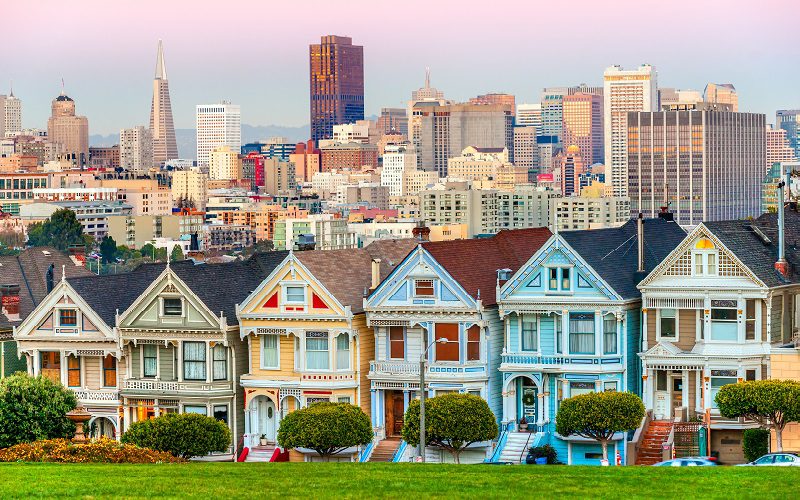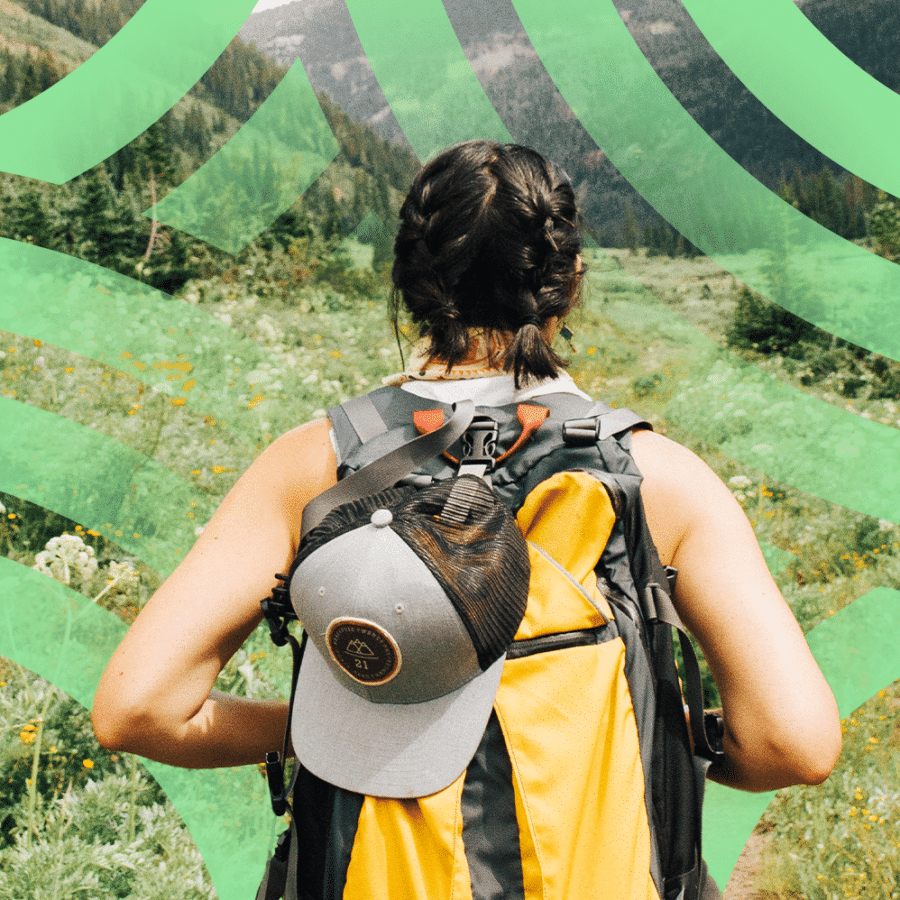There’s no place quite like San Francisco. With iconic sites like the Golden Gate Bridge and Painted Ladies, thriving neighborhoods and gorgeous parks, San Francisco is a once in a lifetime experience—and as a travel nurse, you’re about to be part of it.
For many, moving to San Francisco feels like an adventure, but it can also feel somewhat stressful if you don’t know what to expect. Understanding what to expect from life in San Francisco, as well as understand what this amazing city has to offer, can help you make the most of your time here.
What to Expect: San Francisco 101
People have been living in the San Francisco area since 3,000 B.C.E, but its history as a modern city started in the late 1700s as a Spanish mission. Conquered by the U.S. in 1846, it became a cosmopolitan metropolis during the Gold Rush.
Since then, the city has gained a reputation for cultural bohemianism, drawing writers and poets in the 1950s, hippies in the 60s, and LGBTQ+ activists in the 80s.1 These days the city buzzes with tech workers committed to changing the world, one start-up at a time.
The city’s small geographic size—only 7 miles by 7 miles—makes it easy to navigate. Meanwhile its 815,000 residents2 means the city can offer all the usual variety and excitement of a big city, from nightlife, to dining, to arts and sports. So, how to find housing as a travel nurse and what things you should consider before making the move are most likely top of mind.
While living in San Francisco offers many benefits, it also has a few quirks you might want to plan for.
- Cost of living – Caused in part by a booming tech industry, San Francisco can be one of the most expensive places to live in the U.S. Expect to pay more for housing, food, and transportation.3 That said, the high cost of living has led to creative work arounds like shared living spaces for professionals.4 Many people find themselves willing to tweak their lifestyles in exchange for all this city offers.
- Weather – Tourists and new neighbors? Meet San Francisco’s famous fog bank (affectionately called “Karl” by locals). With summer highs in the 70s and winter lows in the 40s, San Francisco boasts wet, mild winters and famously foggy summer mornings.5 While snow-lovers and sun-bathers may want to look elsewhere, the moderate climate makes it ideal for people who love being able to throw on a jacket and spend hours strolling through the city any time of the year.
With its rich history, accessible size, and low-key climate, San Francisco living offers you the chance to be part of an iconic city’s rewarding and ever changing community.
How to Choose Your Neighborhood
The first token of advice for moving to a new city is finding a place to live where you will feel safe, comfortable, and able to express yourself. Finding the right neighborhood to live in can help make a wonderful city even more amazing. But how do you find the best San Francisco neighborhood for you?
We recommend considering factors like:
- Budget – Having a realistic budget ahead of time that takes into account average rent prices, your income, and any regular expenses you have can help you narrow down your search and focus on the neighborhoods and apartment types that make the most sense for you.
- Apartment layout – Try thinking about what you loved best about previous places you lived. Do you value natural light? Elbow-room? Newer appliances? Making a list of what makes an apartment feel like home to you, and ranking them, can help you verbalize what you’re looking for. It can also help you decide which features you’re willing to compromise on—and which you aren’t.
- Commute – According to one study, shorter commutes tend to improve your overall sense of well-being.6 While it’s not the only important factor to consider, we definitely recommend factoring in your future commute, especially if you plan on using public transportation.
- Ambiance – From walkability, to restaurants, to safety, to nightlife, to park access, all neighborhoods have their own vibe. Thinking about which characteristics matter most to you can help you choose between two otherwise similar apartments.
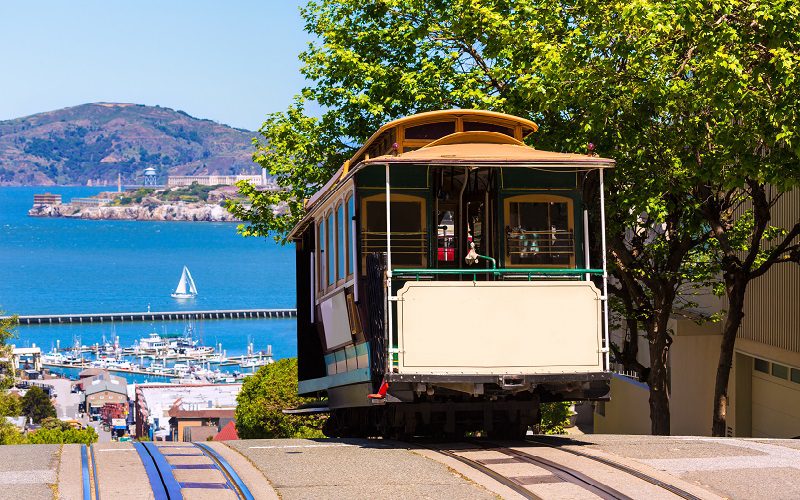
While every neighborhood in San Francisco has something to offer, we think these four offer an inviting combination of local culture, walkability, safety, and (relative) affordability.
- Marina and Cow Hollow – Located on the waterfront, the Marina District and Cow Hollow area features gorgeous views along with tons of shops and restaurants in a thoroughly walkable neighborhood. It’s known as an upscale neighborhood, but it does have some relatively affordable options as well. If you’re looking for ways to make new friends as a travel nurse in an unfamiliar city, this is a great area to venture off to.
- Mission District – Full of colorful murals and amazing taco places, the Mission tends to draw artsy young professionals. It also encompases Dolores Park, which features a gorgeous view paired with acres of grass. It truly is a great place to find yourself with travel nursing.
- Nob Hill and Russian Hill – These picturesque neighborhoods are full of San Francisco’s trademark hills—including the famously crooked Lombard Street. They feature restaurants, museums, and some of the fanciest hotels in the San Francisco Bay Area.
- North Beach – More affordable than the other neighborhoods we listed, this neighborhood features beautiful views, cable cars, amazing Italian food, and landmarks like Ghiradelli Square.
How to Get Around
If you plan on living or working outside the city, you might want to keep your car. However, if you plan on living and working within the city limits, you can consider leaving your car behind. San Francisco’s small size and robust public transit system make it easy to go carless.
You can typically get around by:
- Walking – The golden city’s small geographic size makes it incredibly walkable, as long as you can stand a few hills.
- Biking – Bike lanes and bike rental options make bicycling an effective way to move from point A to point B.
- Cable cars– The city’s three cable car lines run all day long. They’re an excellent option for people traveling longer distances, or who simply want a break from all the hills.
- BART and MUNI – The San Francisco Bay Area’s main public transit systems, BART and MUNI lets you transfer between several bus lines and six metro train lines to help you reach your destination.
Of course, for the rare occasions when you need a lift, there’s always a rideshare app, some of which were even founded in San Francisco.
Where to Explore
So once you find an apartment and figure out how to get around, is San Francisco a good place to live?
We say, absolutely—especially if you take the time to fully explore this beautiful golden city.
Some of our favorite gems include:
- San Francisco Mission – If you love historic buildings, try visiting the oldest mission on the west coast. Since it’s located in the heart of the Mission district, you can round out your sightseeing with amazing street art and delicious tacos.
- Parks – San Francisco’s mild weather makes it ideal for exploring the city’s parks, which include Golden Gate Park, Presidio, Mission Dolores, and Alamo Square. Whether you’re looking for the best place to jog or a place to picnic, these parks let you enjoy the city’s salt air and beautiful views.
- Fisherman’s Wharf – This festive marketplace along the waterfront draws locals, tourists, and sea lions alike. (The sea lions hang out at Pier 39. The tourists and locals move around more.)
- Golden Gate Bridge – You can drive, walk, or bike across this famous bridge. Whether you go on a clear day so you can look back at the city or pick a foggy day so you can watch parts of the bridge emerge as you draw closer, it’s a stunning experience.
- Chinatown – One of the first American Chinatowns, this 24 block neighborhood features restaurants, shops, and an energy all its own.
- Alcatraz – History buffs and crime aficionados can take a ferry out to Alcatraz to visit the notorious former prison.
- Sporting events – To celebrate your new town with fellow San Franciscans, try catching a local game. The NBA’s Warriors, the NFL’s 49ers, and the MLB’s Giants all call San Francisco home.
Even taking the streetcar can feel fun. When in doubt about how to spend your day, take a ride on one of the city’s historic streetcars and hop off when you see something that sparks your interest.
Where to Eat
From fresh seafood spots, to delicious Italian pizzerias, to a Chinese restaurant that’s been in business for over a hundred years, the San Francisco food scene has something for everyone.
Some of our favorites include:
- Andytown – Delectable coffee and pastries to start your morning off right
- Taqueria Cancun – Known for their amazing burritos
- Hog Island Oyster – Fresh oysters shucked to order
- Automat – An all-day cafe with a menu to make the whole family happy
- Tony’s Pizza Napoletana – Award-winning pizza featuring ingredients imported from Napoli
- Z&Y – Considered one of the best restaurants in Chinatown and a favorite of spice-lovers
It can also feel fun to stray off the beaten path. If you smell something delicious, follow your nose and chances are you’ll find your new neighborhood haunt.
Make Your San Francisco Adventure Possible With Host Healthcare
At Host Healthcare, we support travel healthcare professionals by helping connect them with the healthcare facilities that need their skills. Whether you’re looking for a new adventure or are an experienced travel nurse who knows exactly what they want out of their next posting, we help you find a travel nurse job that’s perfect for you in a city you’ll fall in love with.
If you value a strong team, a positive outlook, and a commitment to both excellence and integrity, we think you’ll love working with us. So consider applying.
Before you know it, you could be strolling through San Francisco like a local.
Reviewed by:
Wendy Williams, BSN, RN, CCM
Nursing Specialty: Home Health/Long-Term Care, Pediatric Emergency, Case Management, Medically fragile special needs children and adults
I started my career as a pediatric emergency room nurse and floated to the pediatric floor, PICU, burn unit, and NICU. I then transitioned and spent most of my career in home health and long-term care as a Nursing Director and Case Manager for medically fragile, special needs children and adults. I am a Certified Developmental Disabilities Nurse (CDDN) and Certified Case Manager (CCM).
Sources:
- History.com Editors. “San Francisco.” History.com, A&E Television Networks, 18 Dec. 2009, https://www.history.com/topics/us-states/san-francisco#:~:text=Originally%20a%20Spanish%20(later%20Mexican,metropolis%20with%20a%20frontier%20edge.
- U.S. Census Bureau Quickfacts: San Francisco City, California; San … https://www.census.gov/quickfacts/fact/table/sanfranciscocitycalifornia,sanfranciscocountycalifornia,US/PST045221.
- Zraick, Karen. “San Francisco Is so Expensive, You Can Make Six Figures and Still Be ‘Low Income’.” The New York Times, The New York Times, 30 June 2018, https://www.nytimes.com/2018/06/30/us/bay-area-housing-market.html.
- Bowles, Nellie. “Dorm Living for Professionals Comes to San Francisco.” The New York Times, The New York Times, 5 Mar. 2018, https://www.nytimes.com/2018/03/04/technology/dorm-living-grown-ups-san-francisco.html.
- “Weather in San Francisco – Climate, Weather & When to Visit.” San Francisco by CIVITATIS, https://www.sanfrancisco.net/weather.
- Morin, Amy. “Want to Be Happier? Change Your Commute or Change Your Attitude.” Forbes, Forbes Magazine, 21 Apr. 2015, https://www.forbes.com/sites/amymorin/2014/12/07/want-to-be-happier-change-your-commute-or-change-your-attitude/?sh=35f94f547417.



